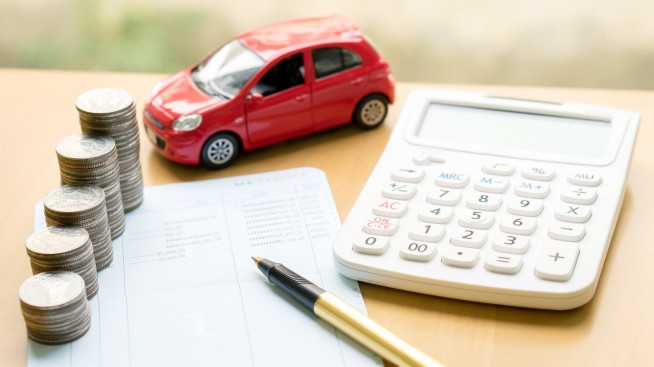What is simple interest for an auto loan?

For most, major purchases like a home or car will require financing. That loan will also come with interest cost — a percentage of your loan charged by the lender for letting you borrow from them. For an auto loan, this percentage may be calculated using what is known as simple interest. By understanding how simple interest works, you may just save a little bit of money over the course of your loan.
How does a simple interest auto loan work?
Simple interest is relatively straightforward. Your outstanding principal balance is multiplied by the daily interest rate (your interest rate divided by 365) to calculate your interest payment. Essentially, you pay interest based on how much of the principal you still owe and the number of days you owe it. Before proceeding further, let’s define some of these terms.
What is a loan’s principal?
Your loan’s principal might sound like it’ll assign you detention, but don’t worry, it’s nothing sinister! The principal refers to the money you borrowed. It's the actual amount you received access to, and its outstanding balance is what accumulates interest.
What is a loan’s interest?
Interest is the amount a lender charges you for borrowing their money. Interest is usually expressed as a percentage of the loan, customarily known as its interest rate.
What is a loan’s APR?
Along with the interest rate, you may see an additional percentage number advertised on an auto loan referring to the annual percentage rate (APR). This number might be exactly the same as your interest rate, but it may also be higher. That’s because APR considers your interest rate as well as certain additional fees associated with your loan. Therefore, this number can help to provide a more transparent and accurate picture of the true cost of borrowing money.
Early or extra payments on simple interest auto loans
With simple interest auto loans, your payment amount and due date tend to be the same every month. Barring any discrepancies to your preset payment schedule, your balance will be zeroed out by the end of your loan, when your final scheduled payment is made.
Your payments are first applied toward your outstanding interest, so when you pay before your due date or pay extra, more of that payment goes toward lowering your principal balance. Confirm with your lender the terms for early or extra payments, as they may not automatically be applied to the principal. Instead, an extra payment might push a due date ahead or go toward any late fees. Bottom line, paying more than due, and paying sooner rather than later, may reduce your daily interest accrual, and the overall amount paid in the long run.
Late or insufficient payments on simple interest loans
A late or insufficient payment on a loan, even by a few days, may lower your credit score. Additionally, because interest accrues daily, a late payment means more of your money has to go toward your interest first. Consistently late or insufficient payments might even end up adding significantly to the amount you pay over the life of your loan, costing you more than you initially bargained for.
In summary
Simple interest can make paying off your auto loan a relatively straightforward process, especially if you follow the original payment schedule you worked out with your lender. Paying late, or not paying enough, may end up costing you more due to greater interest accrued. Paying early or extra, on the other hand, may have the opposite effect and potentially save you some money.



